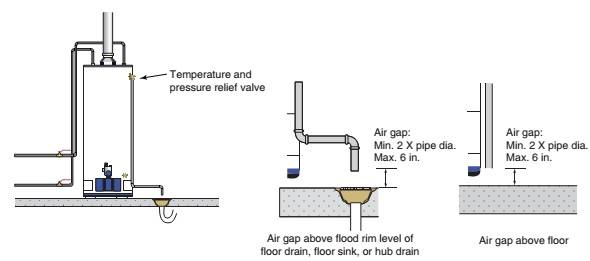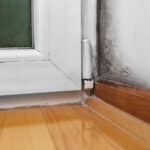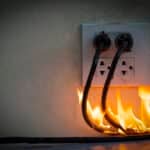Today, we’re diving into a critical aspect of water heater safety: the TPR valve discharge pipe. Ensuring your TPR valve is properly connected and discharging safely is crucial for the well-being of your home and its occupants. In this post, we’ll explore what a TPR valve is, why the discharge pipe matters, and the current building standards that apply. Let’s get started!
Understanding the TPR Valve: The TPR valve, or Temperature and Pressure Relief valve, is a crucial safety feature in water heaters. It’s designed to release excess pressure and prevent the tank from exploding in case the pressure or temperature inside the tank becomes dangerously high. Without a functional TPR valve, a water heater can turn into a potential hazard.
Importance of Proper Discharge Pipes: A TPR valve discharge pipe serves as a channel for the excess pressure and hot water to escape safely. This prevents the pressure from building up to dangerous levels and ensures that the released hot water doesn’t cause any harm. Without a proper discharge pipe, the pressure relief mechanism of the TPR valve becomes ineffective, leaving your home vulnerable to potential disasters.
Choosing the Right Discharge Pipe: According to industry standards, a copper, CPVC, or Pex pipe with a 3/4 inch inner diameter (I.D.) is recommended for connecting to the TPR valve. These materials are durable and can handle the temperature and pressure fluctuations that occur during valve discharge. It’s important to note that using subpar materials can lead to pipe deterioration or leakage, defeating the purpose of the discharge pipe.
Proper Termination Height: The discharge pipe should terminate no more than 6 inches from the floor. This ensures that in the event of a discharge, the hot water doesn’t pose a scalding risk to anyone nearby. This requirement is in place to enhance safety and prevent potential burns, particularly for children or pets who might accidentally come into contact with the discharged water.
Compliance with Building Standards: Today’s building standards emphasize safety and protection, and the TPR valve discharge pipe is no exception. Current regulations call for the TPR valve discharge pipe to discharge through an air gap located in the same room as the water heater. This air gap prevents any potential backflow of water into the pipe, reducing the risk of clogging or blockage. It’s also essential to keep the discharge pipe free from obstructions to ensure proper functioning.
Conclusion: The TPR valve discharge pipe might seem like a small component of your water heater, but it plays a pivotal role in preventing catastrophic failures. Ensuring your TPR valve is properly connected, using the right materials, and following the proper termination height and building standards can safeguard your home against potential disasters. At Tennessee Inspection Services, we prioritize your safety and peace of mind. Don’t overlook the importance of a well-installed TPR valve discharge pipe – your home and loved ones will thank you for it.
Remember, safety should never be compromised, and our team is here to ensure your water heater operates without risks. Contact us today for thorough inspections and reliable guidance on all your home inspection needs!






